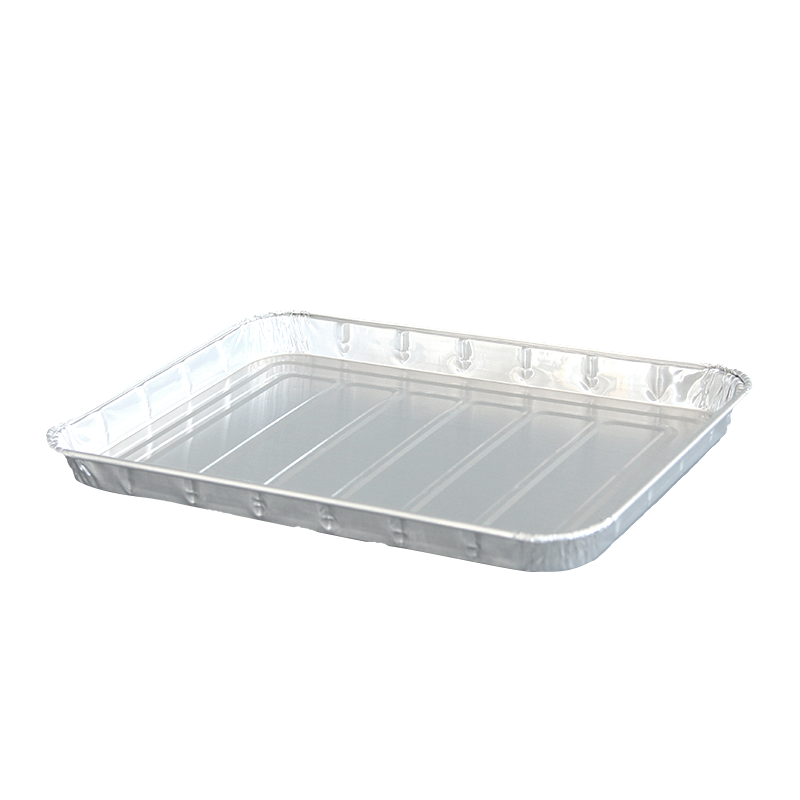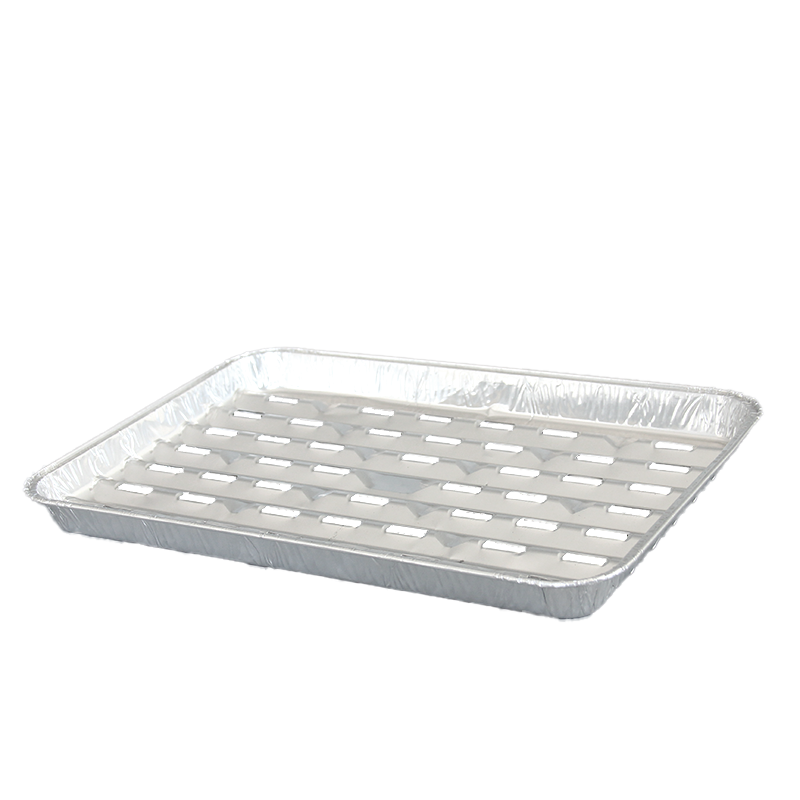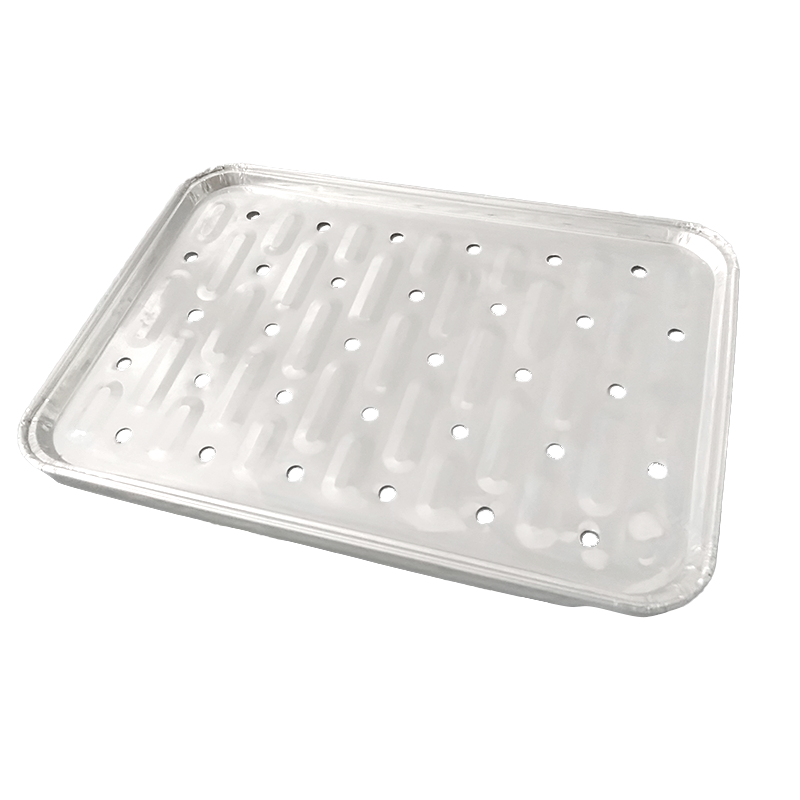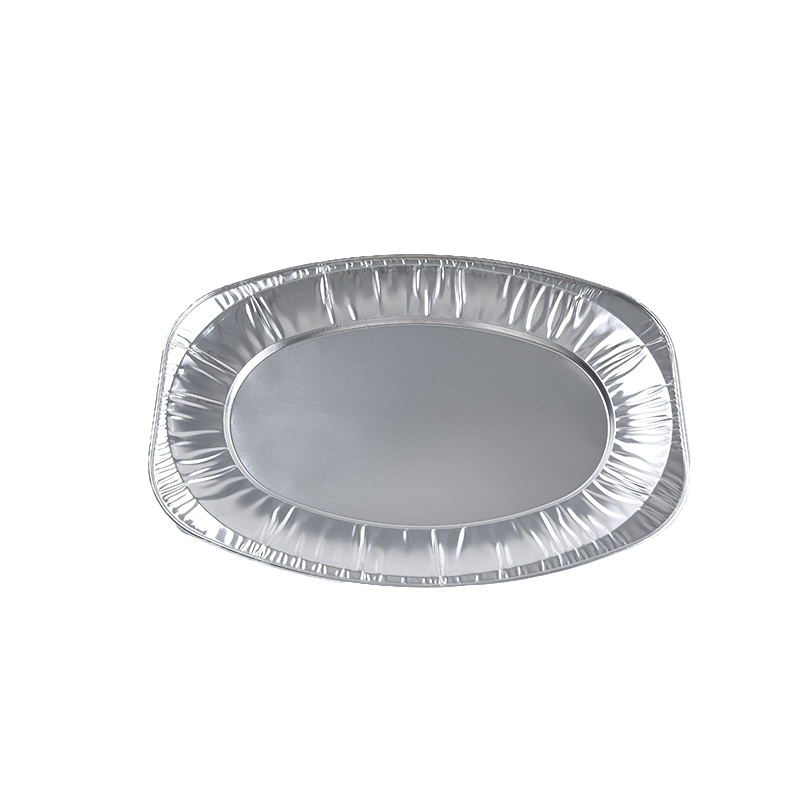From manual to automated: How can palletizing technology improve factory efficiency by 300%?
Industry News-Content
1.Manual VS Automation: Improving the Efficiency of Palletizing Technology
Disadvantages of manual palletizing
Low efficiency
Slow speed: A skilled worker can only stack 200-300 boxes per hour (depending on weight and size).
Easy to fatigue: After working for 2 hours continuously, the efficiency drops by more than 30%.
Safety hazards
Risk of work-related injuries: Repeated handling of heavy objects can easily lead to lumbar muscle strain and joint injury.
Unstable stacking: Manual palletizing is prone to tilting and collapse, causing damage to goods.
High cost
Labor cost: Based on a monthly salary of ¥5,000 per person, the annual cost of a 10-person palletizing team is ¥600,000.
Training and management: New employees need 1-2 weeks to adapt, and high mobility affects production stability.
Efficiency breakthrough of automatic palletizers
Core advantages
|
Indicators |
Manual palletizing |
Automatic palletizing machine |
Efficiency comparison |
|
Speed |
200-300 boxes/hour |
800-1,200 boxes/hour |
Improved by 300%-400% |
|
Continuous working time |
8 hours (shift required) |
24-hour uninterrupted operation |
Improved by 200% |
|
Accuracy |
Depends on experience, error rate 5% |
Error rate <0.1% (visual positioning) |
Improved by 50 times |
|
Manpower requirements |
10 people/shift |
1 person monitoring (can take care of other tasks) |
Save 90% of manpower |
Technical support
Robotic arm palletizing: 6-axis joint robot flexibly adapts to different box types, with a grasping speed of 1.5 seconds per time.
Visual recognition system: AI camera automatically identifies the size and placement of goods, and dynamically adjusts the grasping strategy.
Adaptive algorithm: Optimize the stacking path according to the weight and material of the box to avoid collapse.
2. Common problems and maintenance methods of automatic palletizers
- Abnormal movement of the robot arm (stuck/deviated)
Possible causes
Servo motor overload: load exceeds limit or parameter setting is incorrect.
Reducer wear: long-term use leads to excessive gear clearance.
Loose rail/belt: mechanical vibration causes positioning deviation.
Solution
Self-check:
Check the motor temperature (normal ≤60℃), and stop cooling if overheating.
Move the robot arm manually to listen for abnormal sounds (signs of wear).
Use a level to check the parallelism of the rail (error must be ≤0.1mm/m).
Professional maintenance:
Replace reducer grease (once every 2,000 hours).
Recalibrate the servo motor encoder.
- Failed to grasp (suction cup/clamp failure)
Possible causes
|
Fault type |
Cause analysis |
Countermeasures |
|
Insufficient vacuum |
Air leakage in the air path or reduced vacuum pump power |
Check the air pipe joint and test the vacuum degree (≥-80kPa) |
|
Suction cup damage |
Scratched by sharp objects or cracked due to aging |
Replace suction cup of the same model (silicone/polyurethane) |
|
Object offset |
Inaccurate visual positioning or conveyor belt deviation |
Clean the camera lens and adjust the position of the photoelectric sensor |
Quick self-check process:
Manually trigger the grab command and observe whether the air valve is working.
Spray the air path with soapy water to find the leak point.
- Pallet stacking is uneven (collapse/misalignment)
Root cause
Wrong stacking algorithm: not adapted to box size changes (such as new product packaging).
Conveyor belt is not synchronized: speed does not match the robot arm grab rhythm.
Pallet deformation: wooden pallets are damp and warped, and plastic pallets are worn.
Solution
Parameter adjustment:
Re-enter the box length, width and height data on the HMI interface.
Adjust the conveyor belt inverter to match the robot arm beat.
Hardware maintenance:
Check the flatness of the pallet every month (error ≤2mm).
Replace the guide rod buffer pad (aging of rubber parts can easily cause vibration).
- Electrical system failure (power failure/short circuit)
Preventive inspection list
Daily: Check whether the cabinet cooling fan is running.
Weekly: Tighten the terminal block screws (vibration can easily loosen).
Monthly: Measure the motor insulation resistance (≥1MΩ).
Emergency treatment:
Immediately press the emergency stop button to cut off the main power supply.
Check whether the circuit breaker is tripped and eliminate the short circuit point.
Contact an electrician to check the status of the PLC module (do not operate with power on).
3. Daily maintenance plan (key to extend life)
|
Cycle |
Maintenance items |
Standard |
|
Daily |
Clean rails/belts and remove debris |
No dust or oil |
|
Weekly |
Lubricate robot joints (lithium grease) |
Inject oil until old grease overflows |
|
Monthly |
Calibrate visual positioning system |
Error ≤±0.5mm |
|
Quarterly |
Replace filters (gas/oil) |
Compulsory replacement when pressure difference ≥0.1MPa |





 English
English 日本語
日本語 عربى
عربى Español
Español












